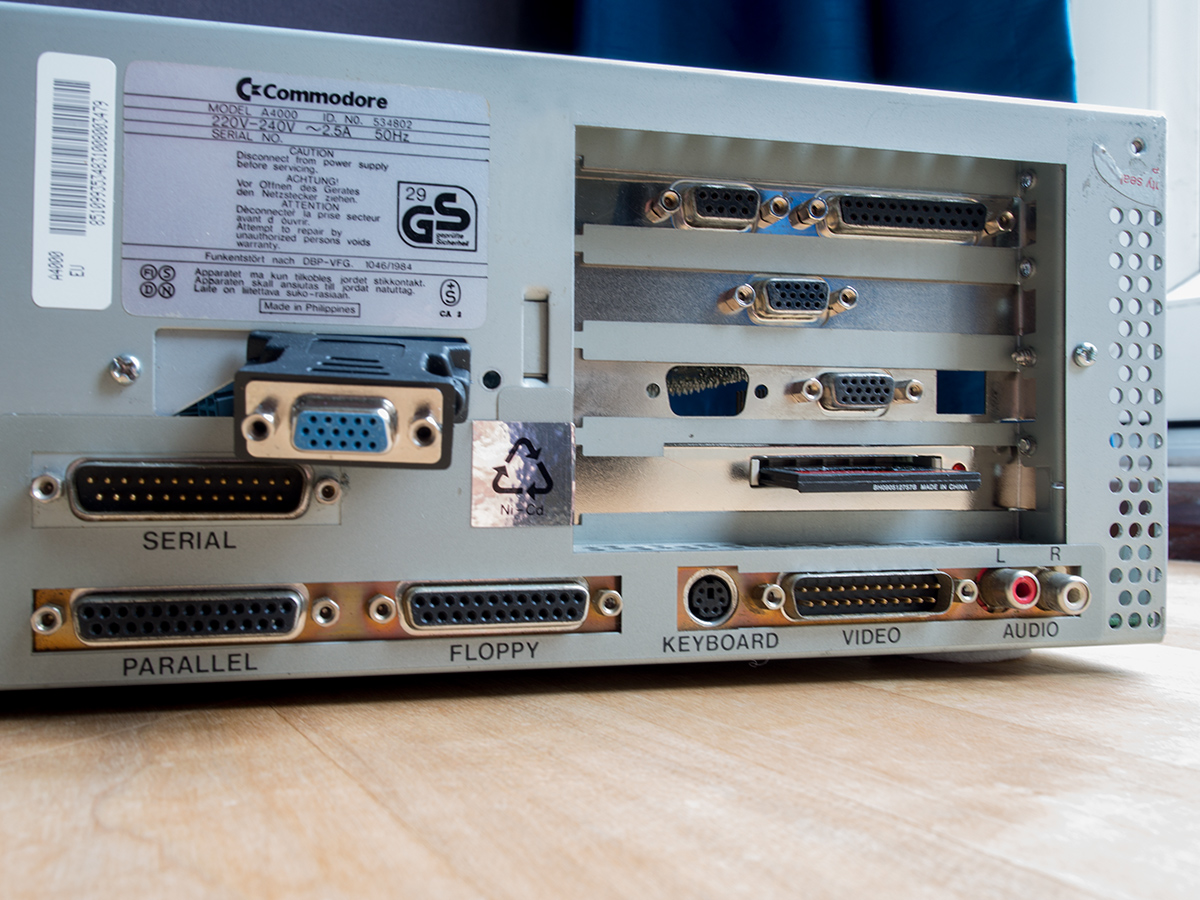

Starting with the lowest data rate, the DDR5-3200A standard supports 22-22-22 sub-timings. It means that each data rate can cast a wide range of performance based on the quality of the silicon used. At the end of DDR3, and through DDR4, JEDEC introduced additional sub-timing specifications for each data rate - for each of the data rates, JEDEC has specified an ‘A’ fast standard, a ‘B’ common standard, and a ‘C’ looser standard – technically the looser standard is more applicable to higher capacity modules.

It also has placeholders up to DDR5-8000, however the specifics of those standards are still a work in progress. Pivoting to DDR5, JEDEC has enabled standards ranging from DDR5-3200 to DDR5-6400. However recently, due to physical limitations, while data rate has been increasing, access latency has been roughly consistent. Moving from the early iterations of DRAM, both data access rates and single access latencies have improved. The combination of data rate and CAS Latency has been used to compare single access latency numbers for memory over the years. For latency calculations, we need both the data rate (3200 MT/s) and the CAS (24 clocks) to calculate the CAS in terms of nanoseconds, the real world latency (in this case, 15 nanoseconds). This means that in JEDEC’s DDR4 specification, the base DDR4-3200 metric allows for a 24-24-24 set of sub-timings. These are typically reported as CAS-tRCD-tRP with tRAS sometimes added on. tRAS: Row Active Time: minimum time between row active and precharge.tRP: Row Precharge Time: clock cycles to load data when wrong row is open.tRCD: Row to Column Delay: clock cycles to load a column when new row is opened.CAS: Column Address Strobe: the time between sending a column address and the response.The typical sub-timings offered with memory are: From the data rate, a peak transfer rate can be calculated (12.8 GB/s per channel for DDR4-1600, 25.6 GB/s per channel for DDR4-3200), however the latency requires additional information. Read AnandTech’s Corsair DDR4-5000 Vengeance LPX Reviewįor DDR4, JEDEC supports standards ranging from DDR4-1600 up to DDR4-3200. This is why we see memory kits all the way up to DDR4-5000 in the market today that only work with a few select systems. Users who are familiar with JEDEC specifications will note that consumer grade memory is often specified faster than what JEDEC lists – this is a feature in which processors that can support faster memory, when paired with memory qualified to be faster than JEDEC, can be paired together. JEDEC creates the standards to ensure support for all compliant systems. In order for all these companies that build memory and systems to work together, a set of standards are developed by a consortium of all interested parties – this is called JEDEC. For specialist applications, persistent memory might be a focus, or a combination of bandwidth/latency will be key to driving performance. When building a platform, a number of these factors all come into play – a system that implements oil and gas simulations might require terabytes of memory, regardless of power, of for smaller installations price might be the major concern. When discussing memory, there are a few metrics to consider:
#Amiga 4000 ram speed ns full
Today can present information across the full range of DDR5 specifications. It is interesting to note that SK Hynix did not publish any sub-timing information about these modules, and as we look through the announcements made by the major memory manufacturers, one common theme has been a lack of detail about sub-timings. Today we posted a news article about SK hynix’s new DDR5 memory modules for customers – 64 GB registered modules running at DDR5-4800, aimed at the preview systems that the big hyperscalers start playing with 12-18 months before anyone else gets access to them.


 0 kommentar(er)
0 kommentar(er)
